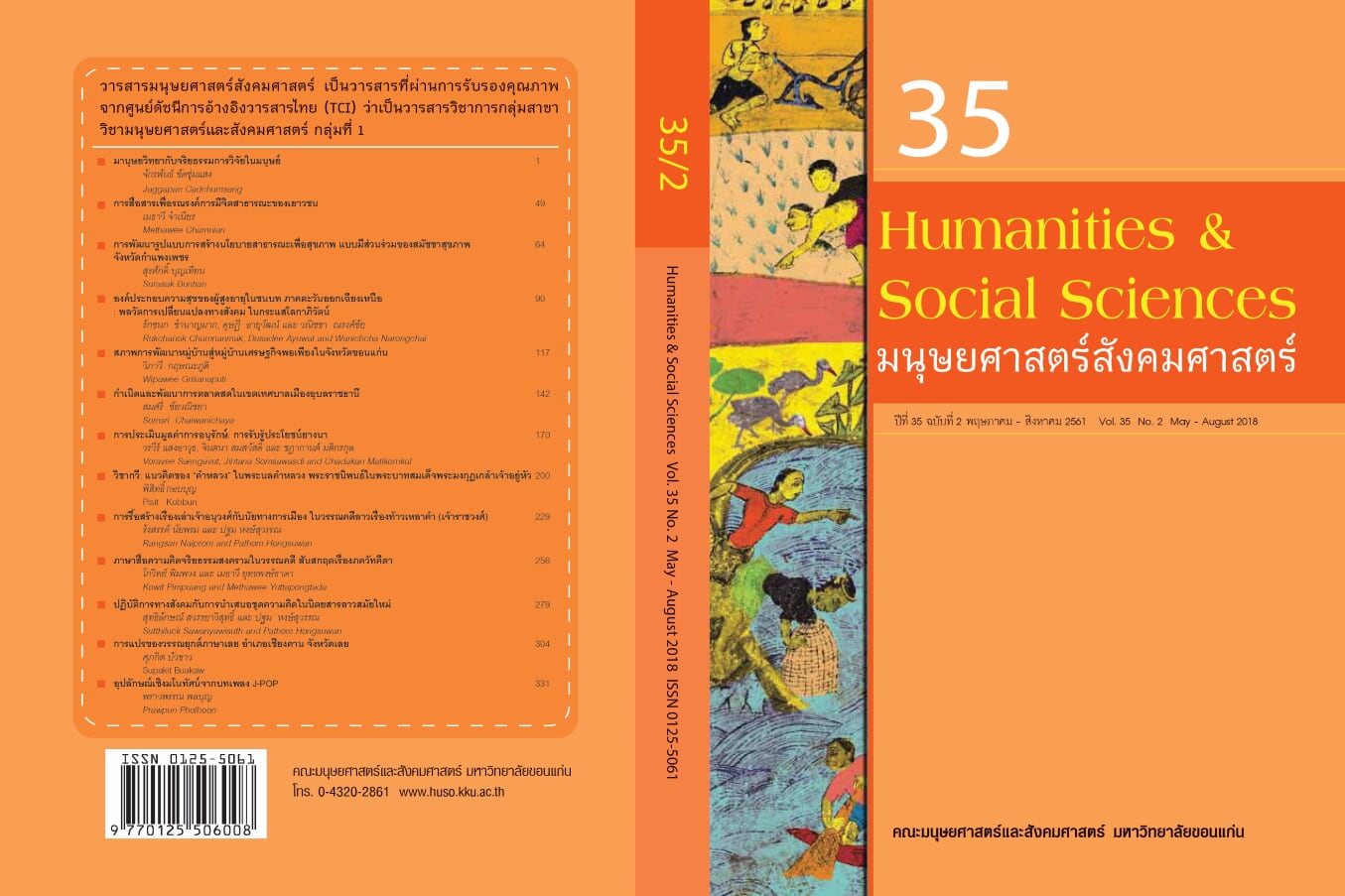การประเมินมูลค่าการอนุรักษ์: การรับรู้ประโยชน์ยางนา
Keywords:
การรับรู้, การอนุรักษ์, ความเต็มใจที่จะจ่าย, มูลค่าทางเศรษฐศาสตร์, ยางนา, Awareness, Conservation, Willingness to pay, Economic value, YangnaAbstract
Abstract
Dipterocarpus alatus is increasing recognized as plant species that provide the most beneficial properties from various parts for human and environment; for instance, wood, resin, oil, seed, and so forth. As a well-known beneficial tree, it currently announced a protected species in Thailand. Promoting the ecosystem services of Yang Na, in part, supports the management plan and conservation and biodiversity policy assessment. The economic valuation embraces the intention for both use and non-use of ecosystem services, despite these services cannot directly observe. Understanding how public value the benefits of Yang Na as a factor drives the economic value. The economic value in this study can be applied as the minimum value as it takes into account for the indirect benefits behinds the direct benefits if it is not total value. In this study, we investigate the recognition of Yang Na benefits in the urban area that influences on demand for conserving biodiversity. The data were collected from the digital survey that prepared for a hypothetical market using the promised contingent valuation method (CVM). The technique relies on the eliciting monetary amount of individual's willingness to pay annually for having the benefits available. A survey of 250 randomly selected residents in urban areas, Khon Kaen Province, Thailand. Establishing the relationship between the economic value and the recognition of benefits of Yang Na was demonstrated. The estimation applied the Tobit regression model compared with the Double-Hurdle model for calculating the probability of positive monetary value. The initial findings found that a majority of respondents who can identify the most benefits of Yang Na are willing to pay more, compared to the other groups. In particular, the respondents aware of the benefits clustered into three groups: provisioning services (e.g., medicine and cosmetic, energy), regulating, and cultural services. A group of people who know about the regulating services from Yang Na (forest) is willing to pay the highest amount, followed by a folk whose knowledge about the resin beneficial. The conservation value in monetary value is 1,185 baht on average per person per year.
Keywords: Awareness, Conservation, Willingness to pay, Economic value, Yangna



